EXCLUSIVE: Plus-size E-tailer Dia & Co. Acquires 11 Honoré for Undisclosed Amount
- Oops!Something went wrong.Please try again later.

Plus-size e-tailer Dia & Co. is expanding.
The fashion platform has entered into a deal to acquire fellow plus-size e-tailer 11 Honoré for an undisclosed amount. Like Dia, 11 Honoré — which was founded by Patrick Herning in 2017 — carries a number of brands, including its own label, but at premium to luxury price points. (Think Beyond Yoga to Diane von Furstenberg and everything in between.)
More from WWD
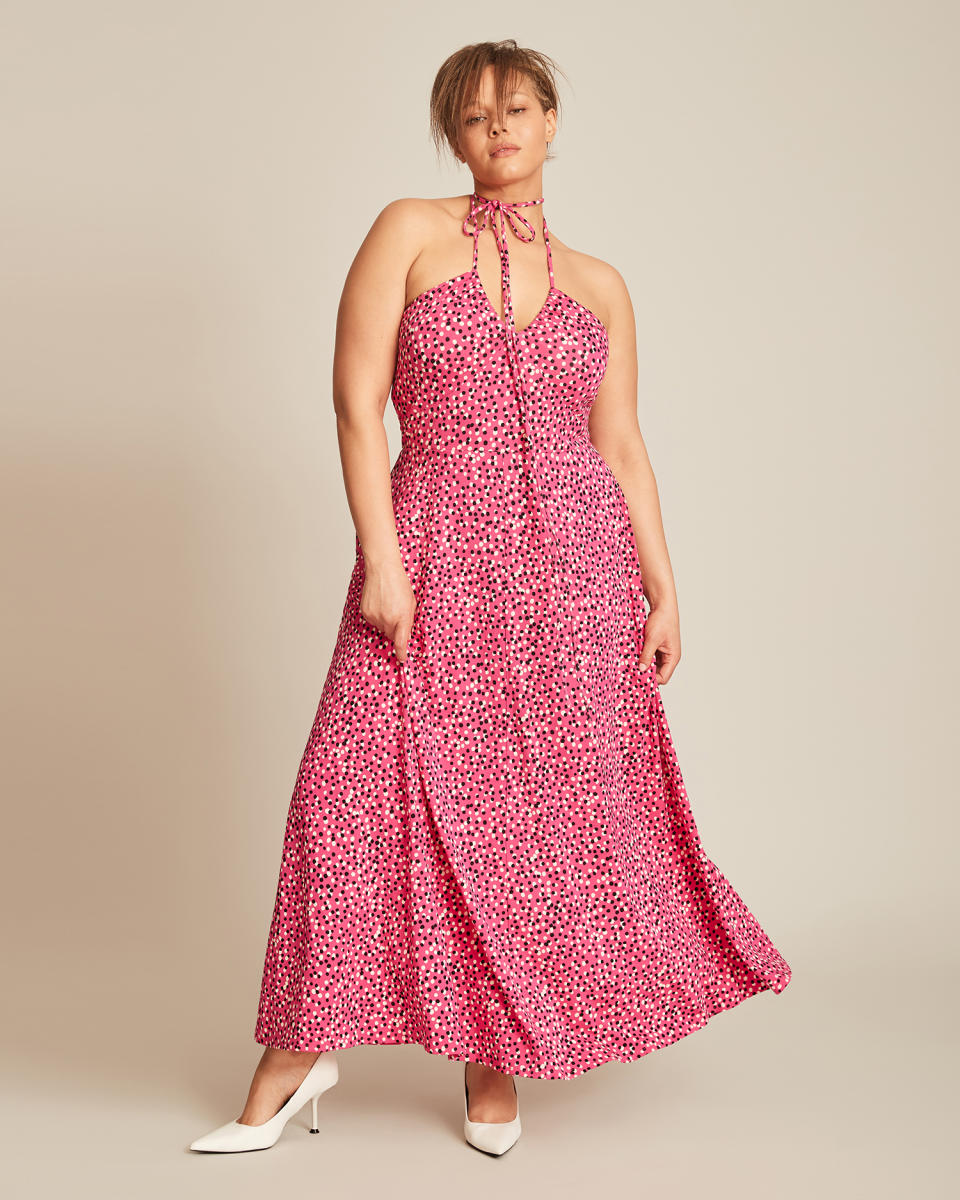
Courtesy Photo
“Patrick and I have met a lot of times in the last couple of years and I think what became very clear was that the offering that we can build together — truly offering our customers everything from Madewell to Carolina Herrera in one place — is in a very fundamental way (and I say this speaking as both a plus-size consumer and the CEO of a plus-size business) the ultimate dream shopping experience come true,” Nadia Boujarwah, cofounder and chief executive officer of Dia & Co., told WWD in an exclusive interview. “In coming together we can bring experiences to life for consumers that the category hasn’t been able to deliver, up until this point.”
Herning added: “Where we complement each other is bringing a brand point of view that will be newer to the [Dia] platform, this marriage of size, scale and brand. What this is now creating is the destination vehicle for distribution. That’s where we enter, as this fully integrated partner, where we can speak to brands across all price points now and have that vehicle to get product in front of the right audience is a match made in heaven.”
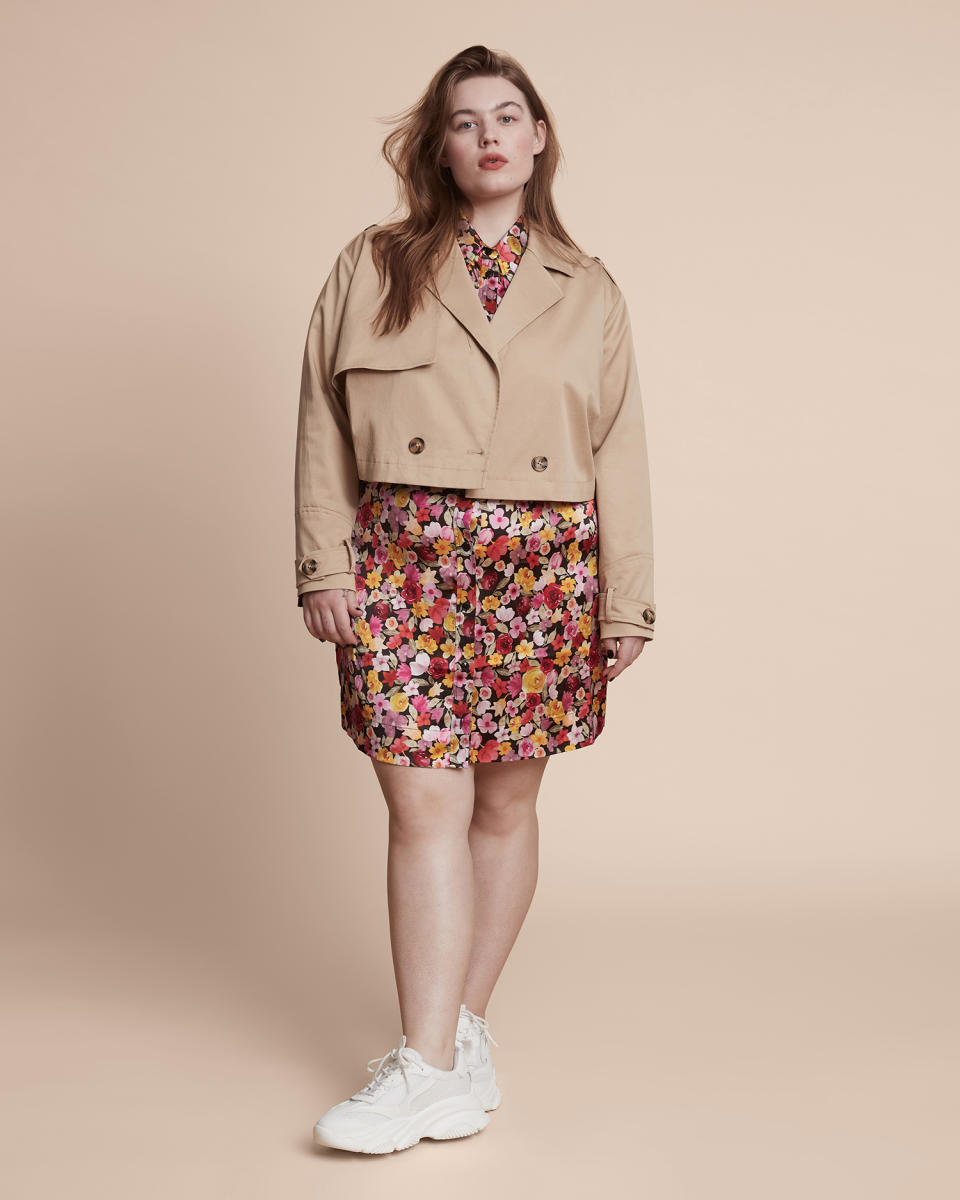
Courtesy Photo
Boujarwah pointed out that while marketing campaigns and advertisers have made great strides in the last few years to include a more diverse lineup of models, such as plus-size models, there is still a lack of options in the space.
“The positive news coming out of the pandemic is that the conversation about representation and inclusivity has never been clearer and that’s wonderful,” she said. “I think the flip side of the equation though is that the reality of what happened to plus-size options during the pandemic, is that they were actually meaningfully reduced.”
In 2021, Loft said it would stop selling sizes 18 and above. Lane Bryant and Catherines, both of which carried plus-size women’s apparel and were owned by Ascena Retail Group, also closed a significant number of stores during the pandemic in an effort to restructure. Meanwhile, brands like Good American, Christian Siriano and Target have placed bets on the plus-size market. Last summer, Old Navy, the brand owned by Gap Inc., expanded its size range up to size 30.
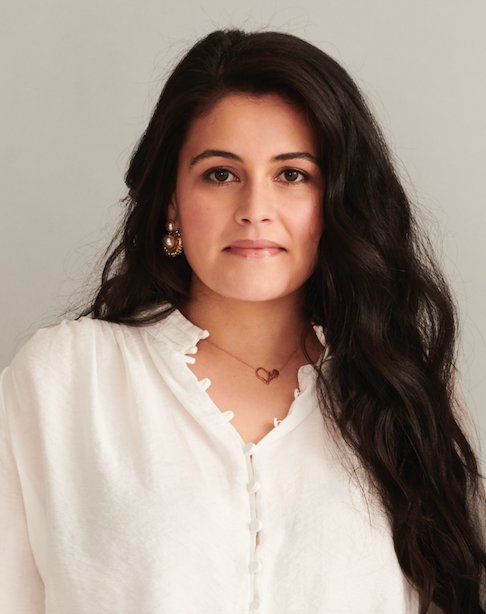
Courtesy Photo
But Boujarwah insists this is not enough.
“The plus consumer wants access to more brands; she wants access to fashion, more style, more choices. The opposite of the history of settling that this customer has always been faced with,” said Boujarwah, who founded Dia in 2015 along with Lydia Gilbert. “At the end of the day, our goal is to serve the majority of American women and when you look at the bell curve, that’s really where our sizes fall.”
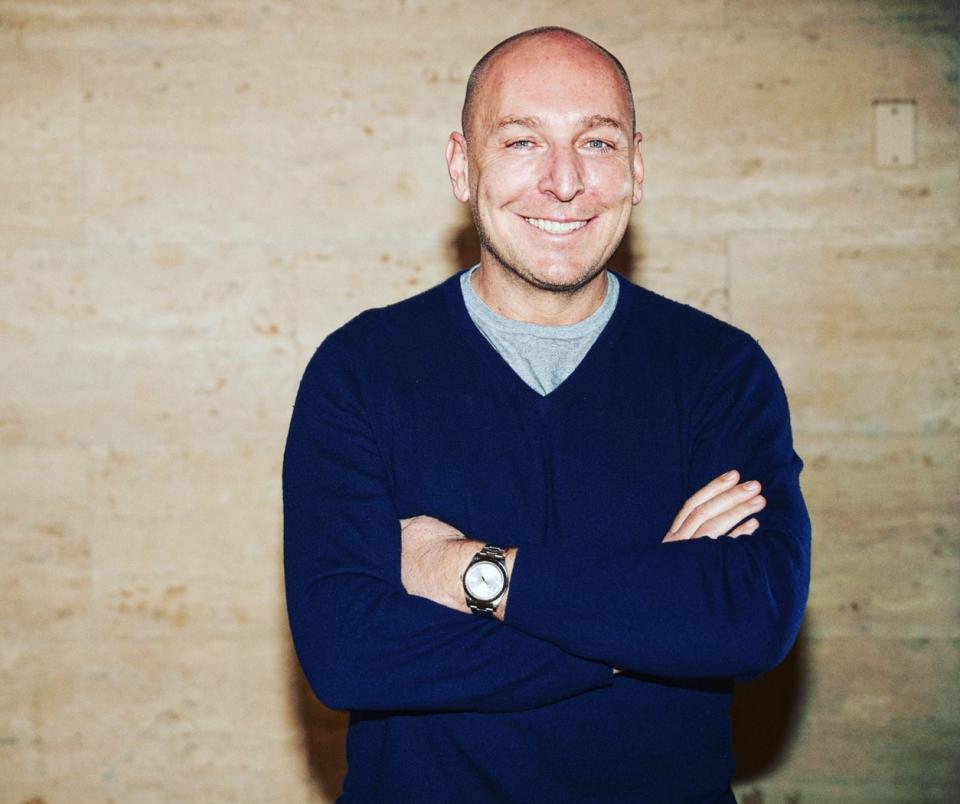
Courtesy Photo
Just how many consumers are plus-size is unclear. The average American woman is 5-foot-3-and-a-half inches and weighs about 170 pounds, according to 2018 data from the Centers for Disease Control and Prevention, the most recent data available.
But there are nuances. For one thing, this is just an average of roughly 170 million women. Another point worth nothing is that there is no clear definition of what size plus-size is — some brands say sizes 16 or 18 are plus-size, while other brands go as low as 10. There is also no universal sizing in fashion. Meaning what one brand calls a size 10, another could label a size 14 or 16. Factors like height play into the equation. A 6-foot tall woman at 170 pounds may be within her medically recommended BMI (and not in need of plus-size clothing), while a 5-foot tall woman at the same weight would be included in the plus-size range.
“There isn’t a lot of consensus across the industry,” Boujarwah acknowledged. “Ultimately, that confusion serves customers very poorly.”
What is known is that the market demand for plus-size fashion among brands and retailers that are available, is growing — and quite rapidly. Sales revenues for women’s plus-size apparel in the U.S. grew 18 percent in 2021, compared with 2019, according to market research firm NPD. That’s three times faster than consumer spending on the remaining women’s market.
Year-to-date — or January 2022 through April 2022 — the women’s plus-size market grew 24 percent, compared with the same time in 2021. Meanwhile, the remaining women’s market grew just 3 percent in the first four months of 2022.
“This growth, you can’t ignore it,” said Kristen Classi-Zummo, apparel industry analyst at the NPD Group. “There is a desire for more. When the assortment is there, she’s going to buy. The consumer will spend on categories where she feels well-represented.”
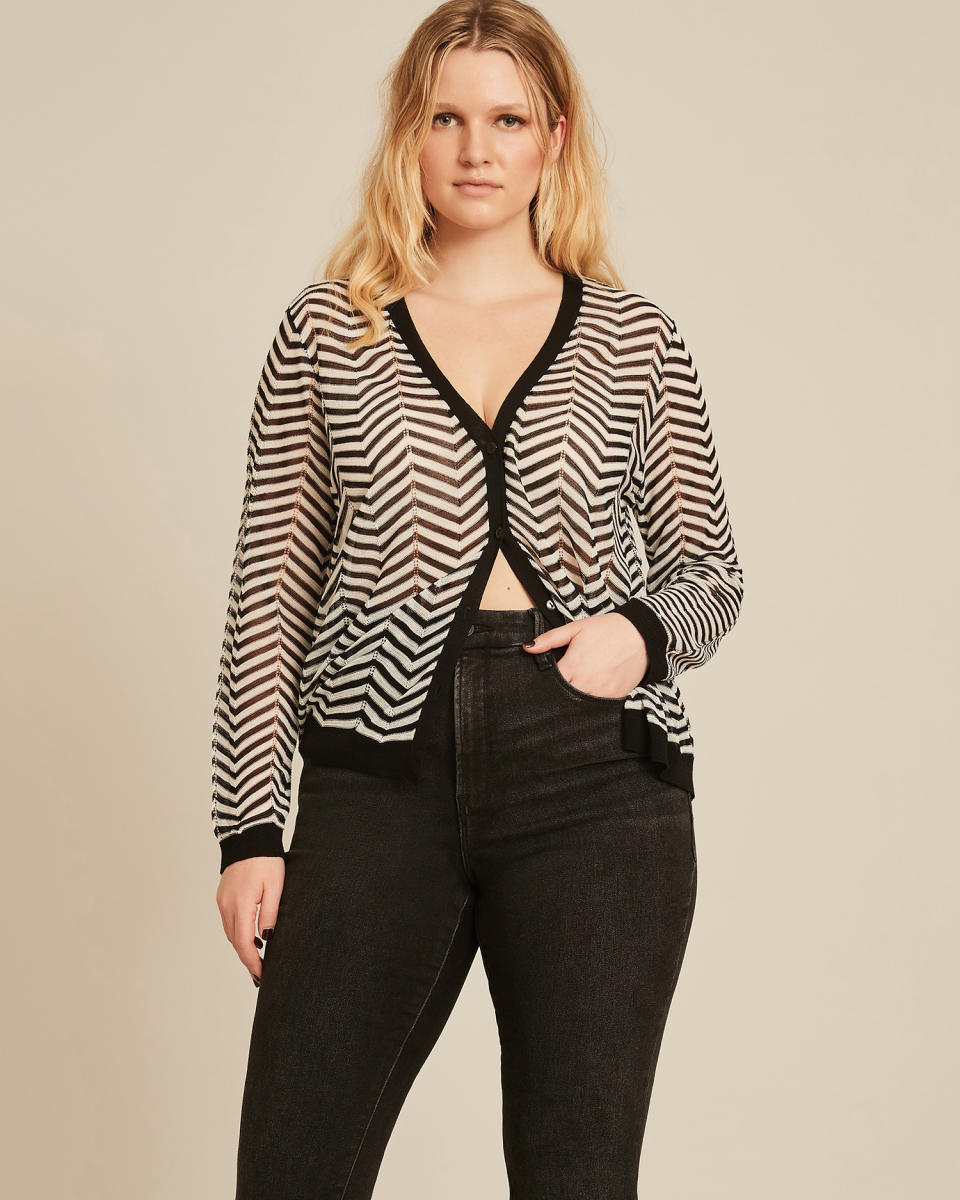
Courtesy Photo
This presents a business opportunity for those in the plus-size market. But Classi-Zummo cautioned, “there are a lot of bumps on this road. A brand or retailer needs to get the fit right. It’s not just about scaling out a pattern, but [it is about] really working on an inclusive fit structure, working on a totally new sizing structure for this market.
“It’s tough getting the size right,” she added. “Fit and size are so important. And then, once you really understand that, having the right assortment and size mix, that’s really the struggle. And that’s a tough spot to figure that out.”
In fact, many retailers have shied away from the plus-size space because of the added expenses for new patterns and more materials. But Boujarwah said her — as well as Herning’s — expertise in the category will ultimately benefit other brands, helping them expand without the fear of massive losses.
“One of the things that we’ve really focused on — and this acquisition is really a testament to that strategy — is the idea that we need to be able to have a way for brands to succeed in the plus [category], without them having to do everything — from fit, tech and design, all the way to distribution and marketing,” she said. “That playbook has played out multiple times and the truth is that it’s a very tall order for most brands to be able to get right. Instead of having brands go down the path of trying to go from zero to 100 on their own, [the brands can] work with a partner like Dia and 11 Honoré that are really able to specialize in that value proposition for the customer and [then the] brands can focus on producing the absolute best product and the most beautiful assortment possible. And we can really help with the marketing and distribution of that product.
“We’ve always believed that inclusive fashion is a team sport,” Boujarwah added. “And we just really, fundamentally believe there’s a path forward together.”
Financial terms of the transaction have not been disclosed. But Boujarwah said Dia is acquiring 100 percent of 11 Honoré. The deal is expected to close in May and Herning will stay on as founder of 11 Honoré.
“It’s a role that is going to be rooted in building brands and awareness and excitement and bringing more brands onto the platform and really being a great thought partner to Nadia in what she’s built, as she leads this next gen of truly inclusive retails,” Herning said. In addition, the Los Angeles-based designer and fashion entrepreneur will continue to focus on 11 Honoré’s own brand.
In February, right before Herning and the 11 Honoré crew returned to New York for New York Fashion Week, he told WWD that 11 Honoré was on the path to profitability.
“Through this acquisition [11 Honoré] is now profitable,” Herning said recently. “Part of what made this acquisition so attractive is the financial health of 11 Honoré. And so, in that commitment to profitability, this [acquisition] conversation was able to start.”
Erin Milley, 11 Honoré’s current CEO, will stay on through the transition before exiting the firm. Also in the near term, the two websites will continue to live on separate platforms, but Boujarwah said the goal is to fully integrate the experiences in the future.
“In what world is it not exciting that she can have all of this optionality under one roof? It’s incredible,” Herning said. “This alignment is a step in the right direction to continue to do that.”
Sign up for WWD's Newsletter. For the latest news, follow us on Twitter, Facebook, and Instagram.

